Story for Platformer Games: Emotes
- Edwin McRae
Emotes? Wait, are we talking about Emojis? Smiley face, sad face, lol, face palm??
Yes and no. Emojis are certainly a subset of emotes. With emotes, we’re actually looking at the bigger animal kingdom of...
symbols that represent human emotion
And to clarify, we’re not considering the text and verbalised emotes that one finds in games like Hearthstone. “Thanks”, “Wow”, “Oops”, “Well Played”, “Greetings” and the mysterious “Threaten”. Horribly generic while designed to do away with PvP abuse. In truth, I don’t consider them to be emotes at all. They’re more like Remarks, a replacement for PC dialogue, and not a very good one.
What are emotes?
Emotes are basically any symbolic representation of an emotion. A one hit wonder of emotional expression. They can be as simple as a question or exclamation mark in a thought bubble, or they can be full-on leap for joy like the one Hopper does in the Stranger Things RPG when he scores something cool. They’re our shorthand language for expressing our platformer PC’s personality, a way to help build the illusion that sprites are people too!
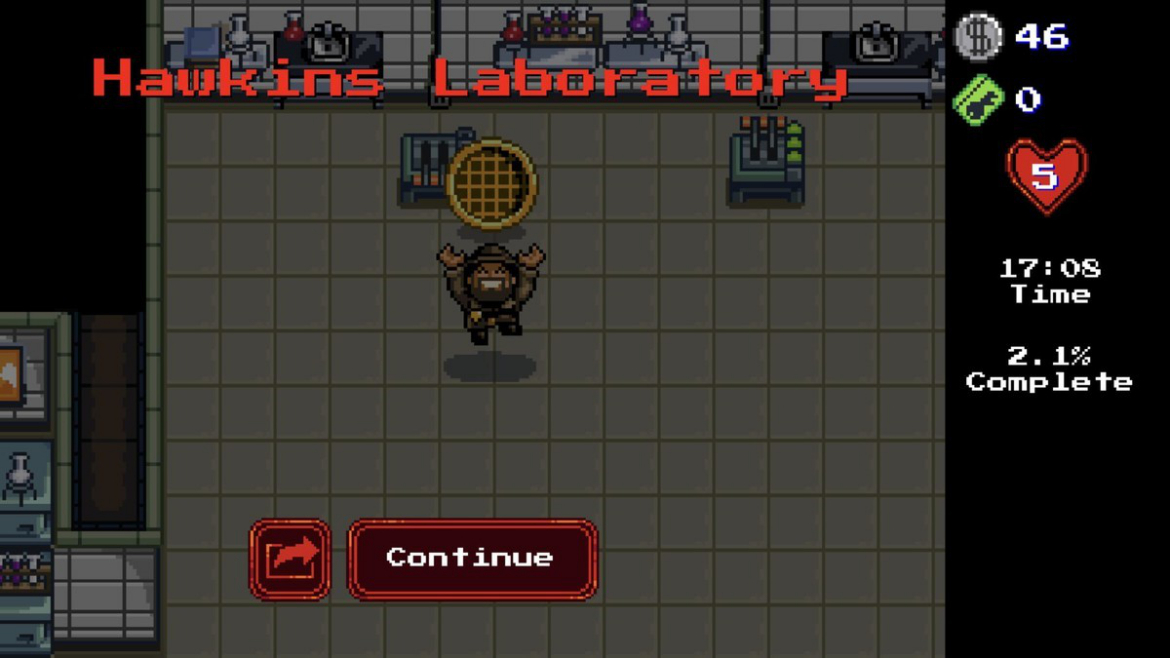
Ok, so let’s say we have the art and animation budget to create a range of expressions for our supergirl PC, Blink. Should we start with facial expressions or go for full-body expressions? That totally depends on how big our PC is compared to the rest of the screen, and whether we’re creating for big screens (console and PC) or little screens (mobile). Let’s look at both options for a minute.
Big Screen Emotes
If we only need to cater for big screens then it’s possible we can do facial expressions. Now, being a writer, not an illustrator, I’m not going to go into the finer points of cartoon expressions. But thanks to emoticons, we’ve actually been schooled in symbolic face design since Dr. Scott Fahlman invented the first :-) in 1982. The first graphical emoji wasn’t created until seventeen years later, by Shigetaka Kurita. But hey, as at the time of writing, that’s 35 years that we’ve been exposed to emoticons of varying forms, so we’re pretty good at recognising symbolised emotions by now.
And honestly, we don’t need to create the Mona Lisa for every occasion here. You need go no further than The Order of the Stick to see how much subtlety can be squeezed out of a circle, a few well-placed lines and some shading.
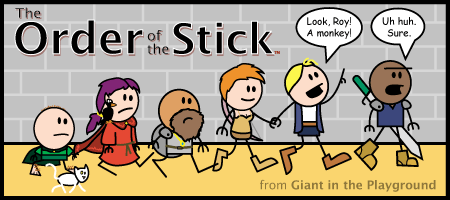
Small Screen Emotes
While we might be able to get away with facial expressions on most full-sized tablets, things get a bit pokey and obscure on anything from an iPad Mini downwards. But that’s ok, we still have a few options.
The first is to employ the whole body in our emotional expression. Yes, I’m talking about Hopper’s sky punches again. Poses, arm gestures, little dances, slumped or slouched posture, short steps or long steps, shuffling or marching, these are all ways that you can convey PC feelings without the need for anything as discernable as an actual ‘face’.
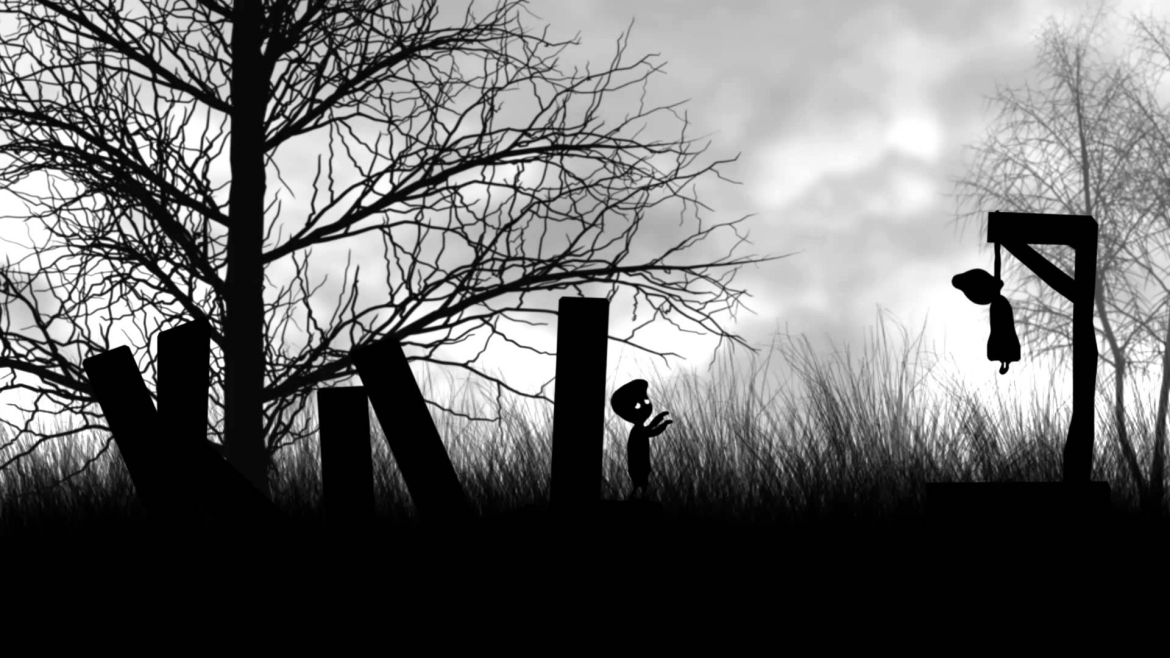
Depending on the style of your platformer, you can also go even more symbolic. You can abstract the PC’s thoughts using thought bubbles and basic pictograms. The Scary Girl platformer does a really good job of this, conveying some quite complex concepts through sequences of pictograms. Machinarium takes this one step further by playing mini-animations within thought bubbles to represent our PC robot’s inner world.
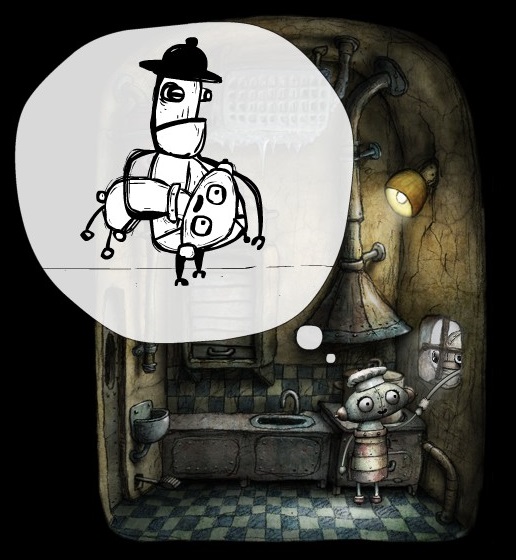
Another option is to feature a profile pic of your PC in a thought bubble or some other little container that let’s the player know it’s referring to inner world stuff, not outer world stuff. These profile pics can be created to express a range of emotions, essentially as ‘selfies’ of the PC’s feelings. This is a technique that’s quite common in visual novels. For the creation of our Falconers visual novel, Moonlight, we had our artist draw six different headshots for the PC and each main NPC in the story.
Neutral
Contemplative (Eyes closed, mouth open)
Happy
Surprised
Angry
Sad

When combined with other elements, such as text and environment, it’s amazing how many more subtle emotions can be drawn out based on the context. An Angry profile pic can also be used for Frustrated, Disgusted, Intimidating, Determined and Insulted, to name but a few. Think about how a scowl can be used in response to either a pointed finger or a hapless shrug. Same expression but quite a different emotional interpretation because of the difference in context.
Emote Basics
The above approaches can get a bit art-heavy, so it really depends on your art team and available budget. If you’re running on the smell of an oily paint brush, then there’s nothing wrong with falling back on the basics.
:-|
:-\
:-)
:-o
x-(
:-(
?
!
Honestly, something is better than nothing when it comes to adding emotional nuances to your PC, because as soon as you add an emote, your PC suddenly has an inner world that’s separate from your player. They have their own thoughts and feelings, their own ways of reacting to the game world. That’s what makes them a Character rather than a one-size-fits-all Avatar.
Blink has Feelings too
Before we wrap this up, let’s see some basic emote design with Supergirl Blink. We’re going to use the same basic planning principles as we used with Reactive Dialogue, because emotes should always be an emotional reaction to an event or piece of game world. They don’t work well in isolation.
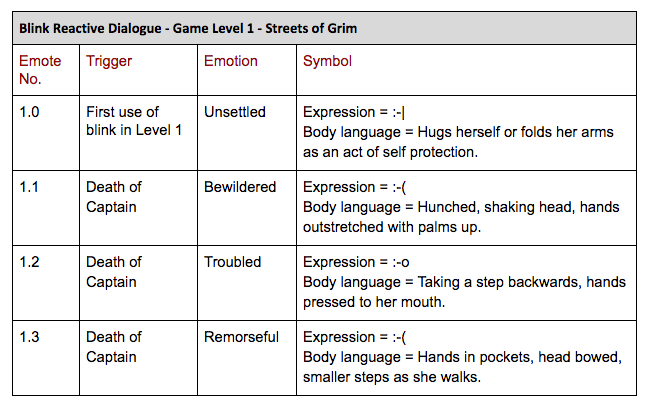
That’ll about do us for Emotes. I’ll see you at our next and final stop on our journey to develop an engaging and memorable player character for your plaftormer.
Story for Platformers: Visual Evolution
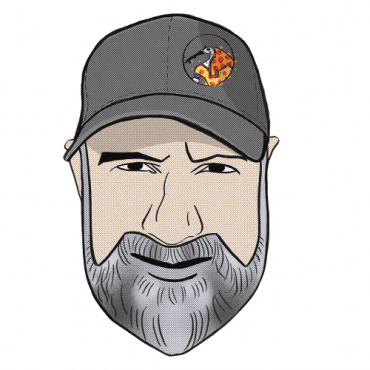
About Edwin McRae
Edwin is a narrative consultant and mentor for the games industry.
